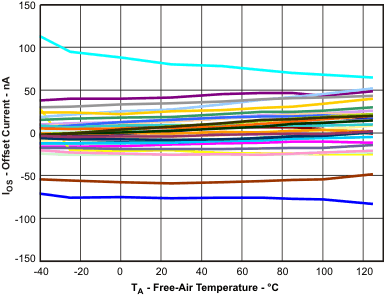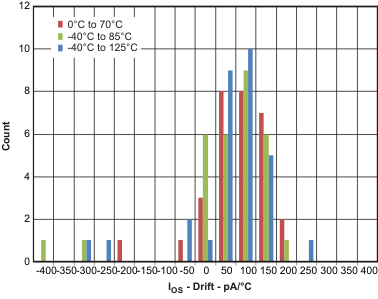JAJSLJ2J January 2011 – March 2021 OPA2836 , OPA836
PRODUCTION DATA
- 1 特長
- 2 アプリケーション
- 3 概要
- 4 Revision History
- 5 Device Comparison Table
- 6 Pin Configuration and Functions
-
7 Specifications
- 7.1 Absolute Maximum Ratings
- 7.2 ESD Ratings
- 7.3 Recommended Operating Conditions
- 7.4 Thermal Information: OPA836
- 7.5 Thermal Information: OPA2836
- 7.6 Electrical Characteristics: VS = 2.7 V
- 7.7 Electrical Characteristics: VS = 5 V
- 7.8 Typical Characteristics: VS = 2.7 V
- 7.9 Typical Characteristics: VS = 5 V
- 8 Detailed Description
-
9 Application and Implementation
- 9.1
Application Information
- 9.1.1 Noninverting Amplifier
- 9.1.2 Inverting Amplifier
- 9.1.3 Instrumentation Amplifier
- 9.1.4 Attenuators
- 9.1.5 Single-Ended-to-Differential Amplifier
- 9.1.6 Differential-to-Signal-Ended Amplifier
- 9.1.7 Differential-to-Differential Amplifier
- 9.1.8 Gain Setting With OPA836 RUN Integrated Resistors
- 9.1.9 Pulse Application With Single-Supply
- 9.1.10 ADC Driver Performance
- 9.2 Typical Applications
- 9.1
Application Information
- 10Power Supply Recommendations
- 11Layout
- 12Device and Documentation Support
- 13Mechanical, Packaging, and Orderable Information
パッケージ・オプション
メカニカル・データ(パッケージ|ピン)
サーマルパッド・メカニカル・データ
発注情報
7.9 Typical Characteristics: VS = 5 V
at VS+ = +5 V, VS– = 0 V, VOUT = 2 VPP, RF = 0 Ω, RL = 1 kΩ, G = 1 V/V, input and output referenced to mid-supply unless otherwise noted. TA = 25°C, unless otherwise noted.
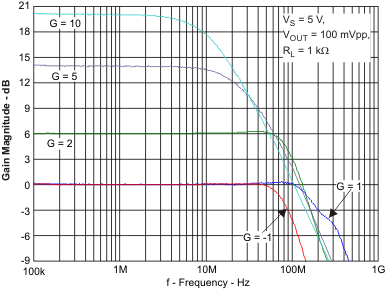
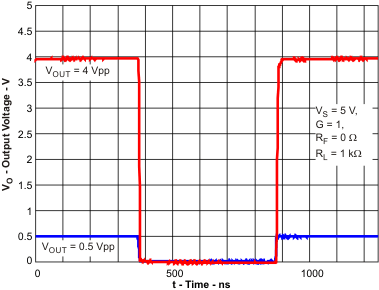
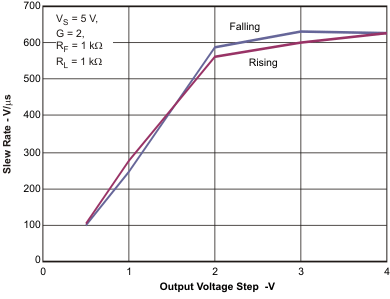
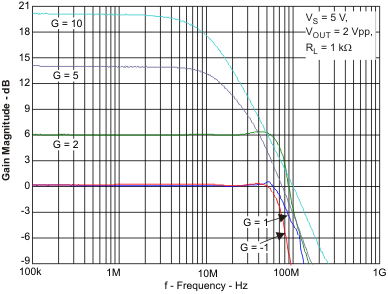
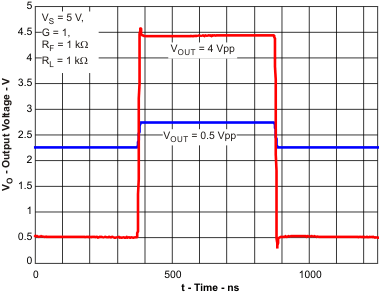
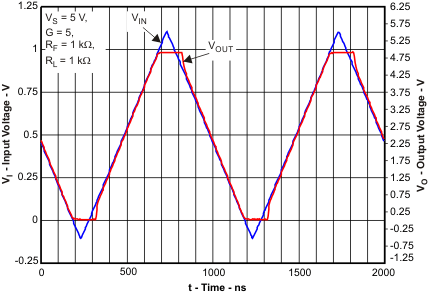
at VS+ = +5 V, VS– = 0 V, VOUT = 2 VPP, RF = 0 Ω, RL = 1 kΩ, G = 1 V/V, input and output referenced to mid-supply unless otherwise noted. TA = 25°C, unless otherwise noted.
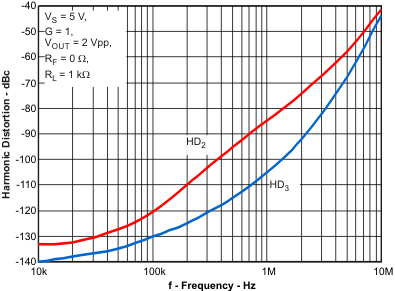
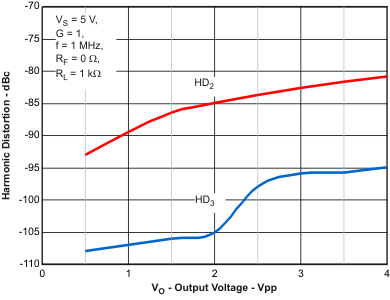
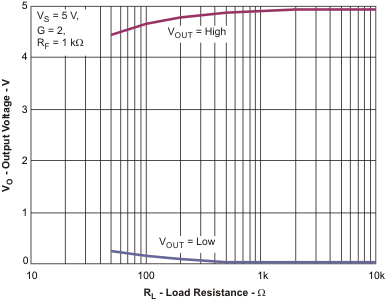
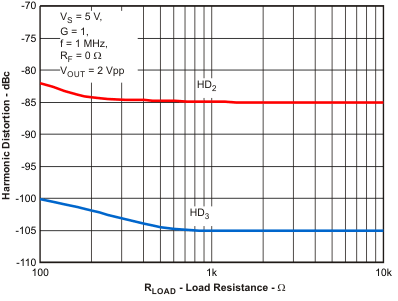
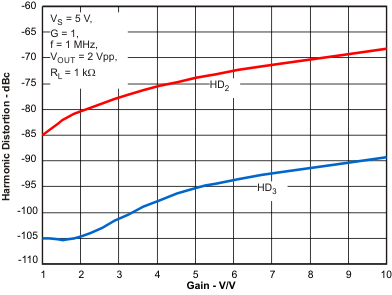
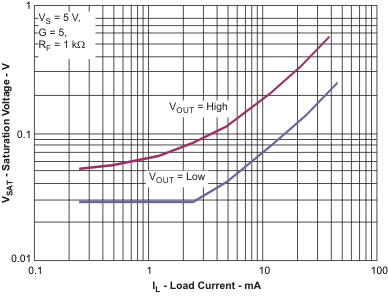
at VS+ = +5 V, VS– = 0 V, VOUT = 2 VPP, RF = 0 Ω, RL = 1 kΩ, G = 1 V/V, input and output referenced to mid-supply unless otherwise noted. TA = 25°C, unless otherwise noted.
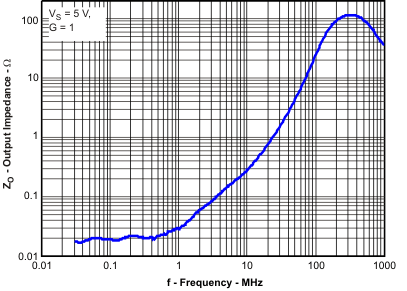
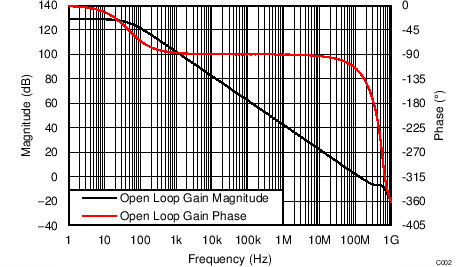
| VS = 5.0 V |
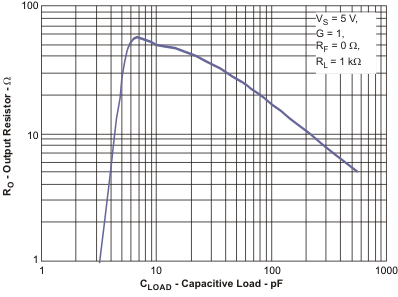
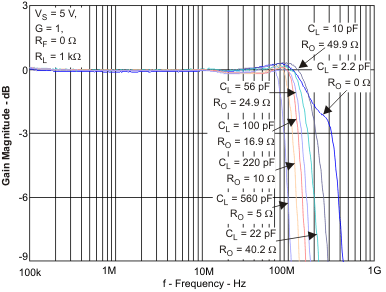
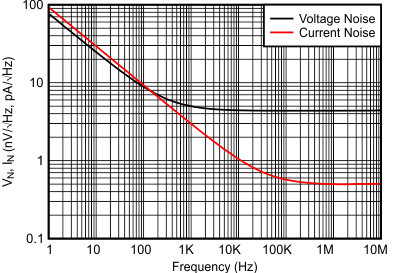
| VS = 5.0 V |
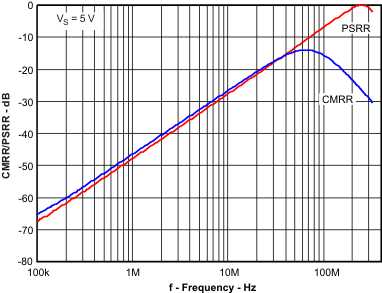
at VS+ = +5 V, VS– = 0 V, VOUT = 2 VPP, RF = 0 Ω, RL = 1 kΩ, G = 1 V/V, input and output referenced to mid-supply unless otherwise noted. TA = 25°C, unless otherwise noted.
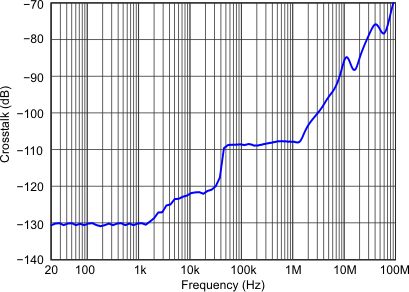
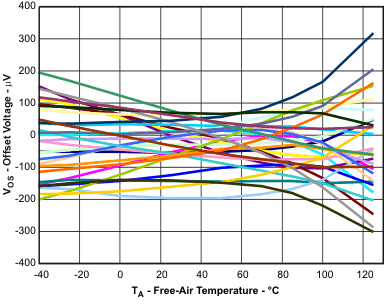
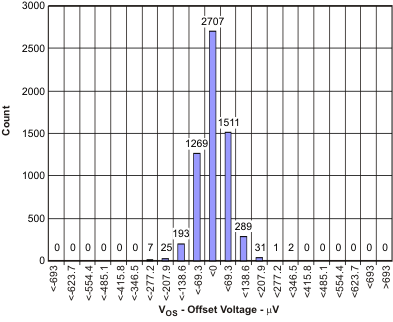
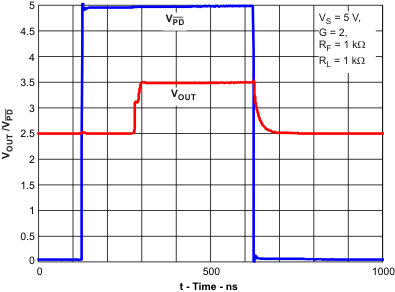
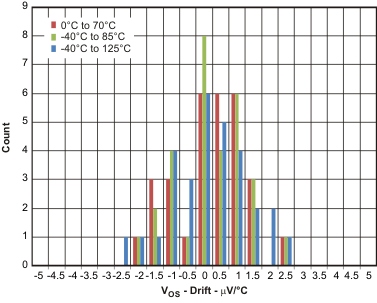
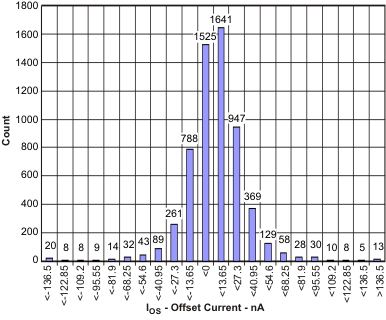
at VS+ = +5 V, VS– = 0 V, VOUT = 2 VPP, RF = 0 Ω, RL = 1 kΩ, G = 1 V/V, input and output referenced to mid-supply unless otherwise noted. TA = 25°C, unless otherwise noted.
